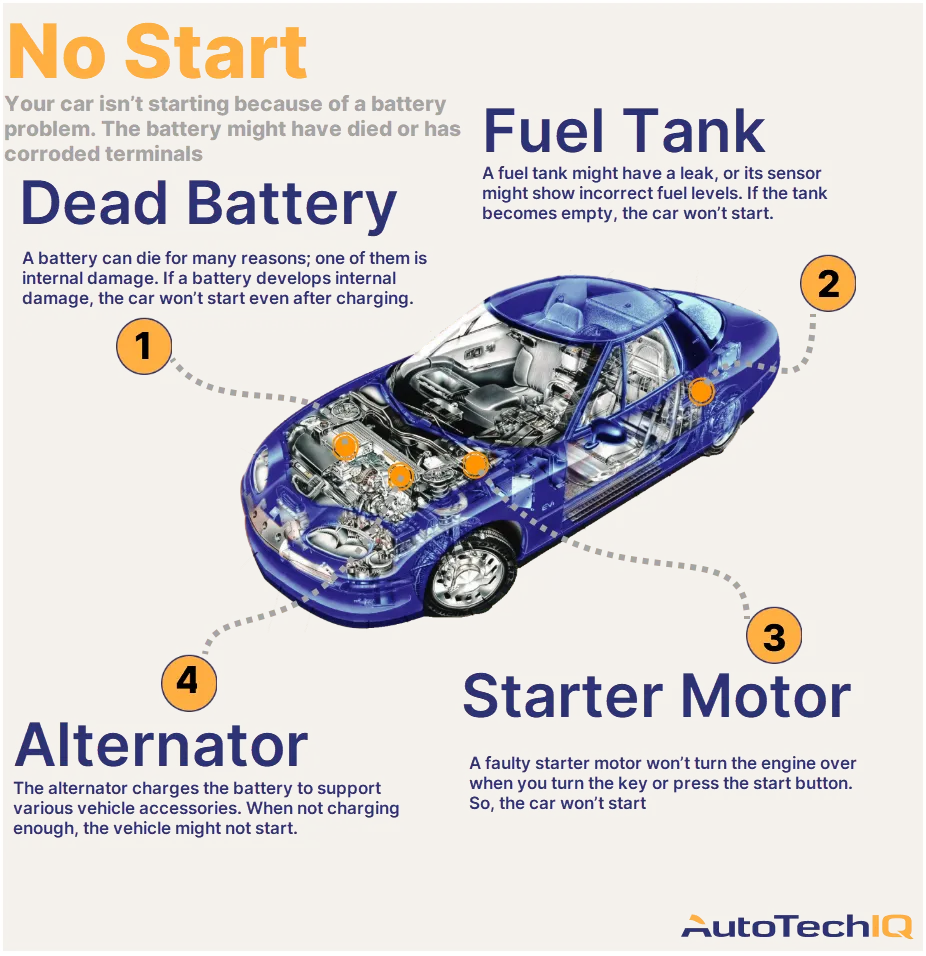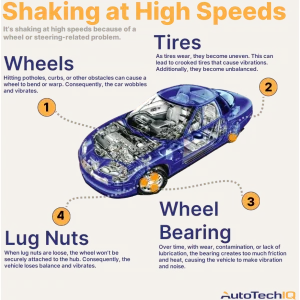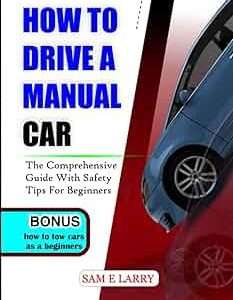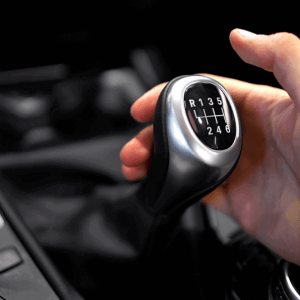Ever turned the key and heard… nothing? That sinking feeling when your car refuses to start is the worst! While you might immediately think of the battery or starter, could a problem with your transmission actually be the culprit? It’s a valid question, and the answer is a bit more nuanced than a simple yes or no. Let’s dive into the potential connection between your transmission and a car that just won’t cooperate.
Understanding How Your Transmission Could Prevent a Start
Okay, so how does this work? Modern cars are designed with safety in mind. One of those safety features involves preventing the engine from starting unless the transmission is in “Park” (P) or “Neutral” (N). This is where the neutral safety switch comes in.
The Role of the Neutral Safety Switch and the Transmission
The neutral safety switch is a small but mighty component. Its job is to tell the car’s computer that the transmission is indeed in Park or Neutral; If the switch malfunctions or if there’s a problem with the transmission linkage preventing it from fully engaging in Park or Neutral, the switch won’t send the signal, and the car won’t start. It’s like a security guard at the door of your engine!
Pro Tip: Try wiggling the gear shift lever while attempting to start the car. Sometimes, a slightly misaligned linkage is all it takes to prevent the neutral safety switch from engaging properly.
- Faulty Neutral Safety Switch: This is the most common reason. The switch itself might be broken or corroded.
- Transmission Linkage Issues: The cable or linkage connecting the gear shift to the transmission could be damaged or misadjusted.
- Internal Transmission Problems: In rare cases, severe internal damage within the transmission can prevent it from fully engaging in Park or Neutral.
Diagnosing a Transmission-Related Starting Problem
So, how do you know if your transmission is the villain in your “no start” drama? Here are a few things to look for:
Symptoms Suggesting a Transmission Issue Preventing Starting
Pay attention to these clues. They might point you in the right direction.
- Difficulty Shifting: Is it hard to move the gear shift lever? Does it feel loose or sloppy?
- Gear Indicator Issues: Does the gear indicator on your dashboard show the wrong gear, or does it flicker erratically?
- No Start in Park, But Starts in Neutral (or vice versa): This is a strong indicator of a neutral safety switch problem.
- Check Engine Light: While not specific to the transmission, a check engine light could indicate a related issue. Get the codes read!
Don’t ignore these signs! Addressing them early can save you from bigger headaches (and bigger repair bills) down the road.
Interesting Fact: Some older vehicles don’t have a neutral safety switch. In these cases, a transmission problem is less likely to directly prevent starting.





